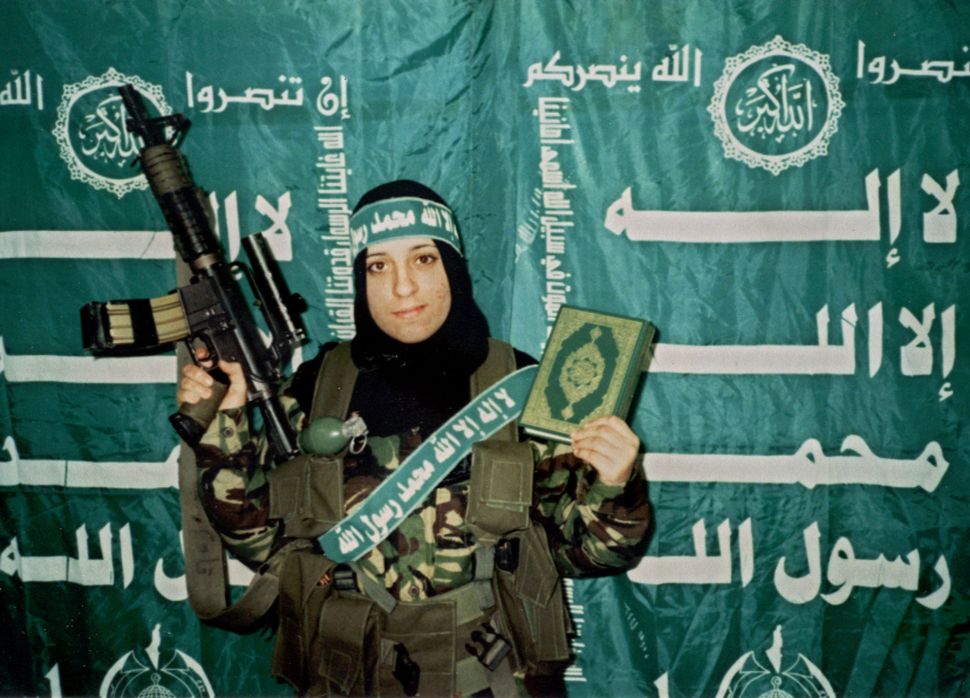
Sometimes, when I look at the possible incidents that I could include in this feature, interesting commonalities pop out. This is one such week.
Suicide bombings are nothing new in the mix of incidents for any given week. But for this week, three such cases (and their may in fact be more) involve female suicide bombers. While there is a long history of women involved in terrorism, as scholar Mia Bloom has pointed out in her groundbreaking work on the subject, the average person is often still surprised when women perpetrate acts of terror. This is especially true for suicide bombing.
While historically women had mostly played supporting roles in terrorist movements and campaigns, Bloom in 2007 writes:
Women are now taking a leading role in conflicts by becoming suicide bombers – using their bodies as human detonators for the explosive material strapped around their waists. …
Out of the approximately seventeen groups that have started using the tactical innovation of suicide bombing, women have been operatives in more than half of them. Between 1985 and 2006, there have been in excess of 220 women suicide bombers, representing about 15 percent of the total. Moreover, the upsurge in the number of female bombers has come from both secular and religious organizations, even though religious groups initially resisted using women.
Their participation in suicide bombings starkly contradicts the theory that women are more likely to choose peaceful mechanisms for conflict resolution than men are — that women are inherently more disposed toward moderation, compromise, and tolerance in their attitudes toward international conflict.
As with men, Bloom writes, the motives for women to become suicide bombers vary. Some, like Tamil and Chechen suicide operatives, are driven by a desire to seek revenge, either for the oppression and suffering of their people, or more personally, to avenge the death of loved ones at the hands of their own government. Others may seek to change their society’s gender norms through their involvement in terrorism. In short, Bloom argues, gender empowerment through violence, in these cases, suicide terrorism.
Groups, she writes, choose women to carry out suicide missions for very practical reasons. First, it can be a tactical response to the need for more manpower. At the same time, in many settings, women are also less likely to be stopped and searched by security forces than men, making it easier for them to reach their preferred targets. Finally, Bloom notes, groups have found that attacks carried out by women often generate greater media coverage, multiplying the publicity effects of an attack.
This discussion helps us think about something that I try to get across to my students. In understanding terrorism it is important for us to consider not just the strategic and tactical choices that groups make, like the decision to adopt suicide methodologies at all, but also the motivations of the individuals who become terrorists. While both sets of motivations can be described as rational, that rationality stems from very different sets of calculations.
And now on to this week’s examples:
- Jan. 27, 2002 — Jerusalem: An attack carried out by female suicide bomber from Fatah kills one and injures more than 150.
- Jan. 29, 2982 — Belfast, Northern Ireland: Gunmen from the Irish National Liberation Army assassinate John McKeague, a protestant political activist.
- Jan. 30, 2010 — Kahr, Afghanistan: A female suicide bomber kills 14 civilians and three soldiers. No group claims responsibility.
- Feb. 1, 2009 — Baghdad: A female suicide bomber kills 46 Shia pilgrims.
- Feb. 2, 1992 — Mahima, Bangladesh: Fourteen people are killed and 10 injured in the bombing of a ferry by the group Shanti Bahini, the armed wing of the Parbatya Chattagram Jana Samhati Samiti, a political organization agitating for greater rights for the indigenous peoples of the Chittagong Hill Tracts in Bangladesh.